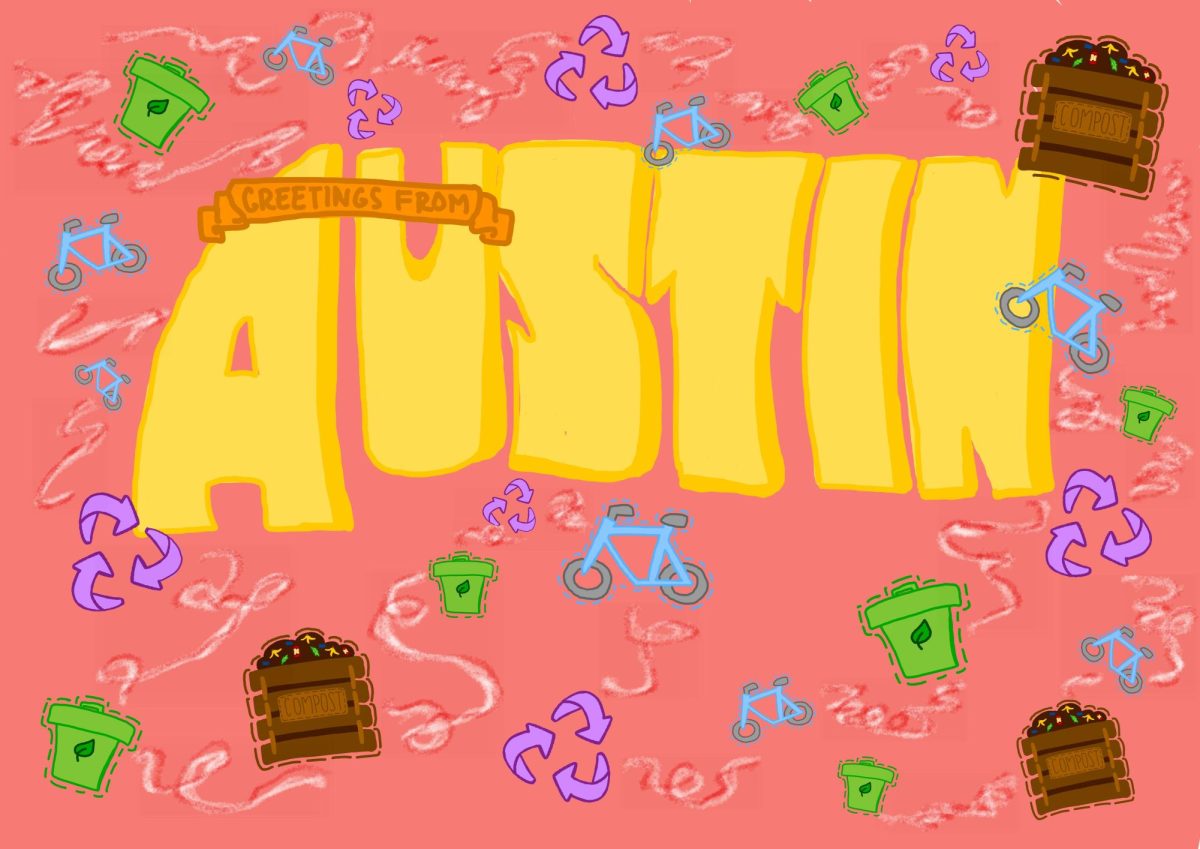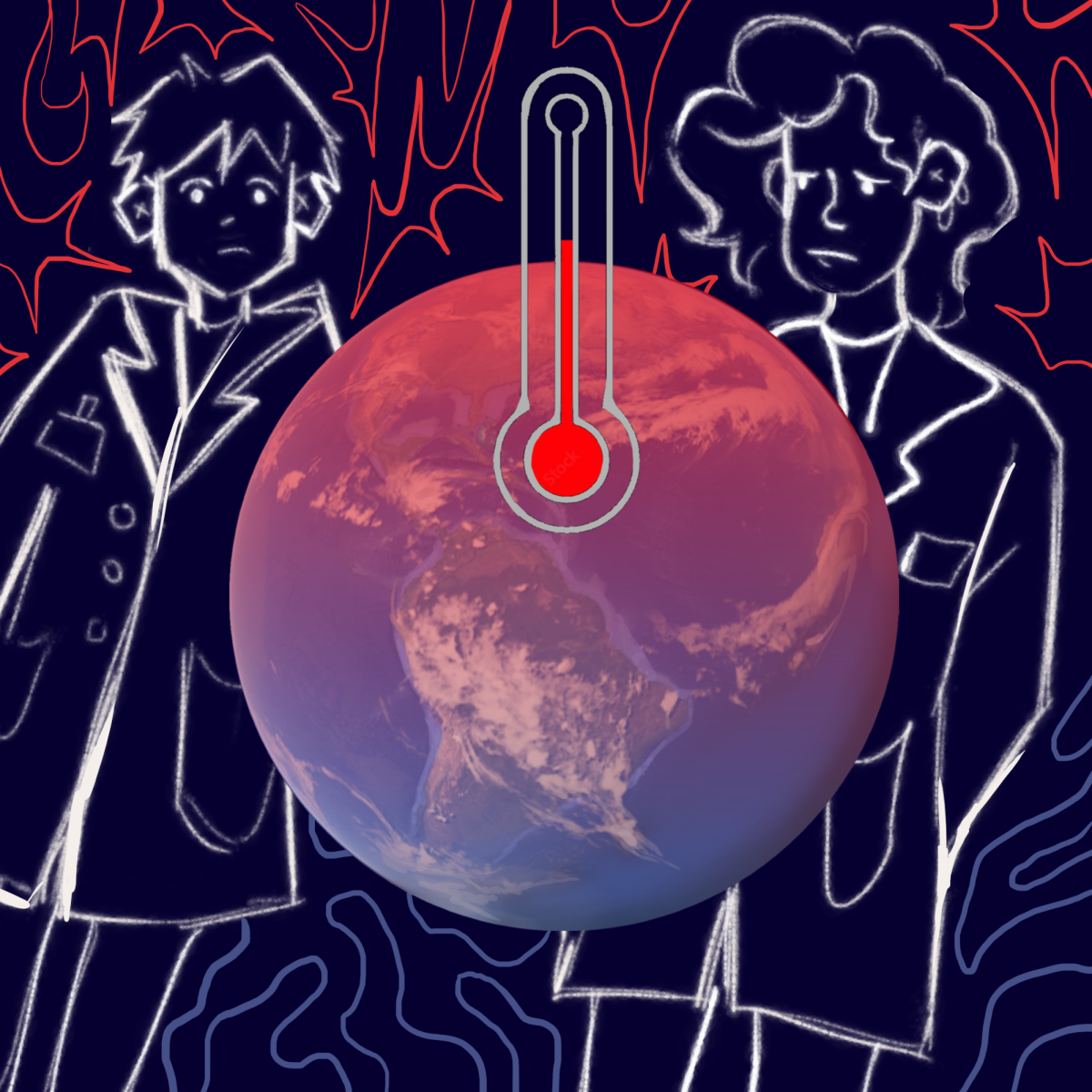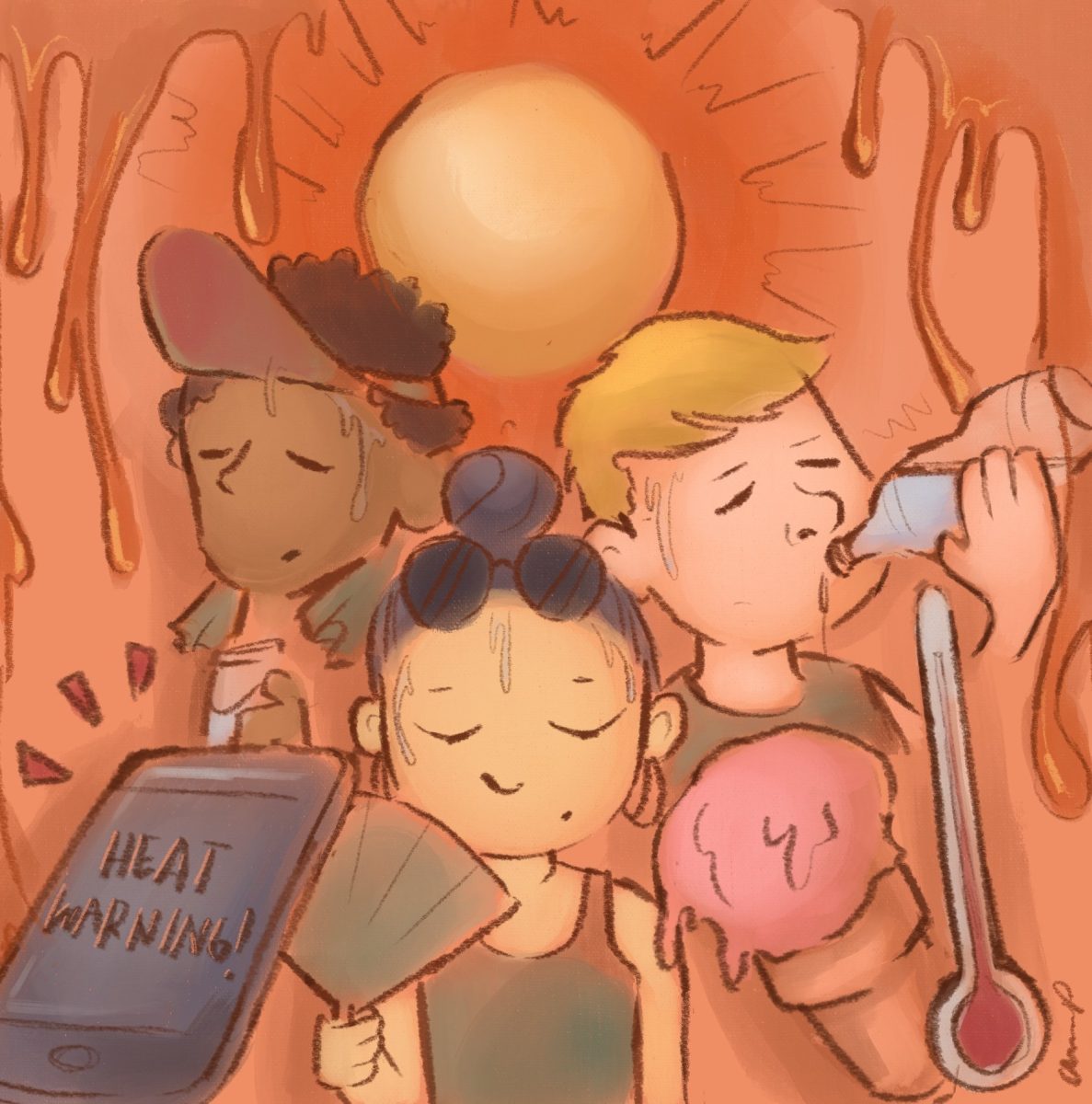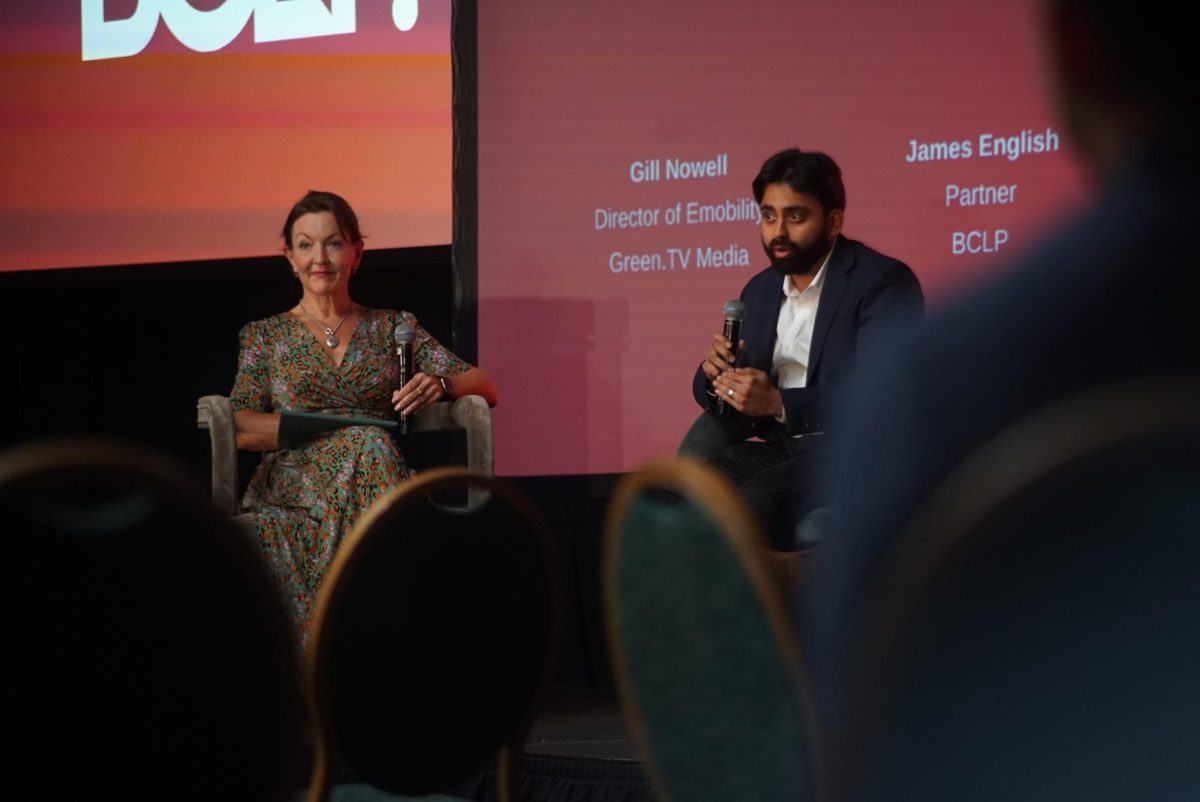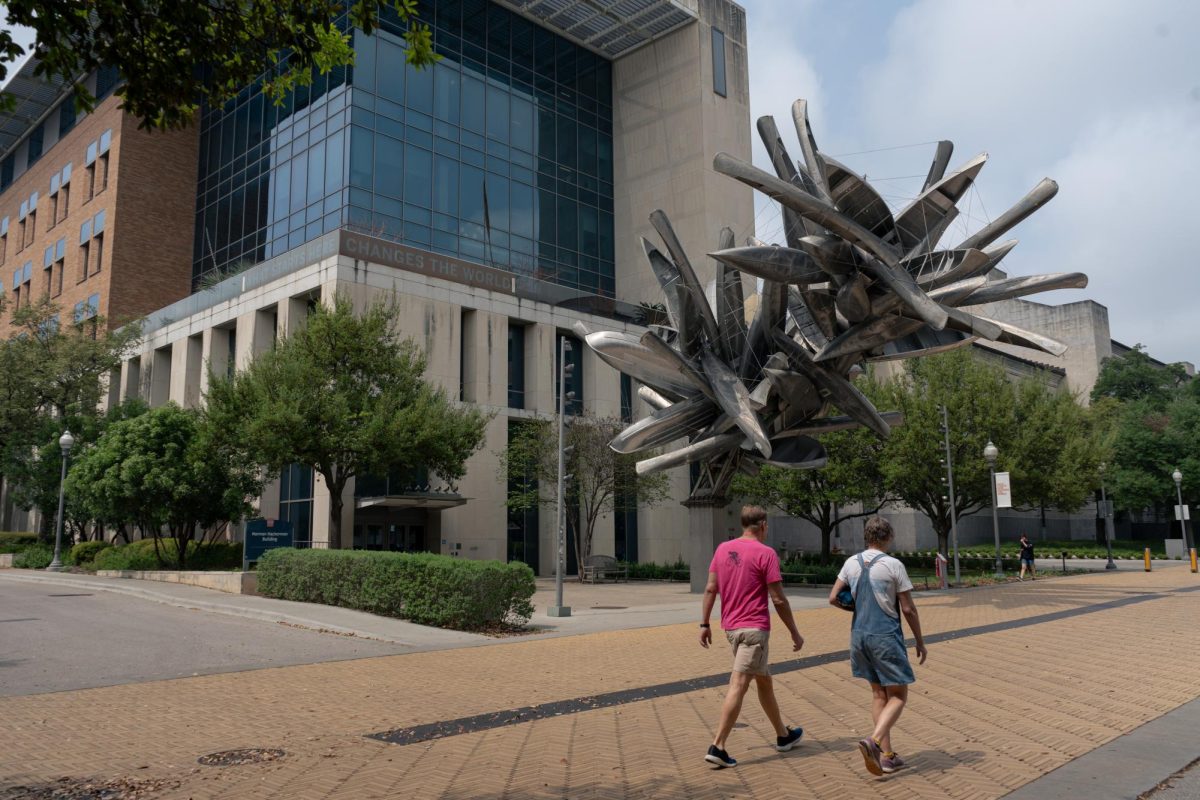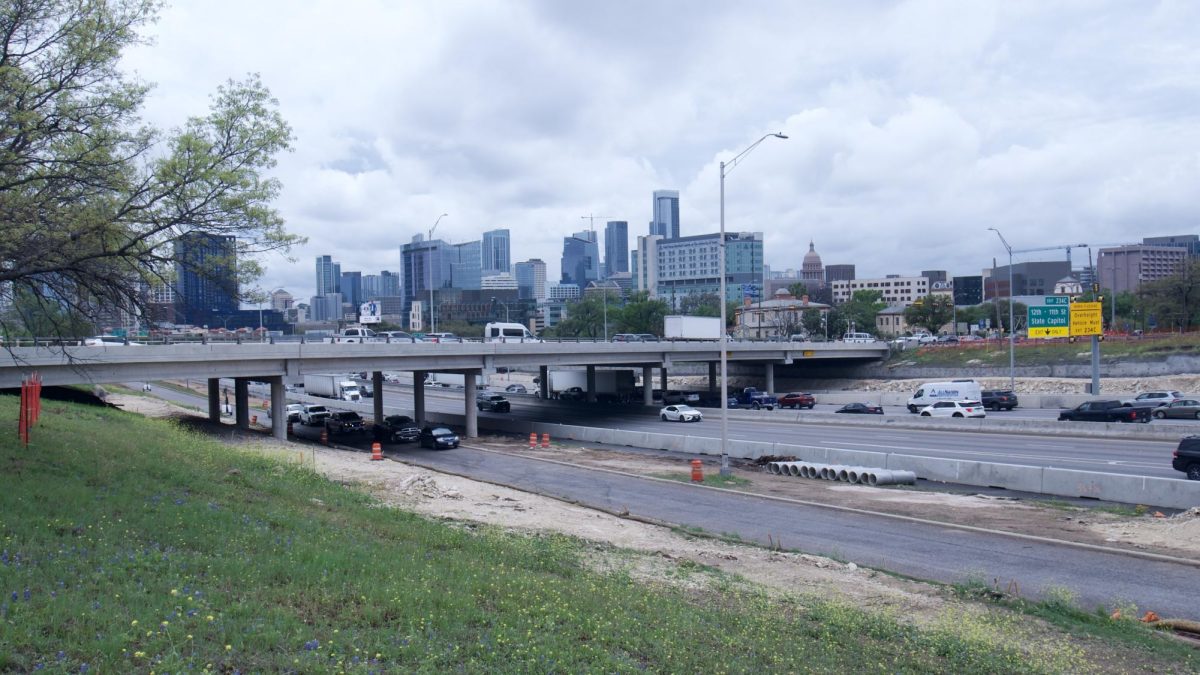A group of Jackson School of Geosciences researchers received a $5 million grant from the Department of Energy to advance carbon capture and storage infrastructure along the Gulf Coast.
The group’s initiative, Project GuMBO, or Gulf of Mexico Basin Opportunities, attempts to resolve subsurface carbon storage issues and improve workforce development and community outreach. The project will cover parts of five states including Texas, Louisiana, Mississippi, Alabama and Arkansas. The team will collaborate with other universities in the area including Texas A&M University and Louisiana State University, and other research hubs and private companies over three years.
Carbon capture and storage is a process that captures carbon dioxide emissions from a specific source, often in an industrial area, and stores them permanently in the Earth’s subsurface. The carbon then gets pressurized and transported into a geologic reservoir approximately one to two miles below ground, said principal investigator Alex Bump.
The team will provide technical expertise to carbon capture and storage regulators and project developers in the region, according to the announcement.
With over 50 existing capture and storage sites in the region, Bump said he and his collaborators take interest in the Gulf Coast as a hub for carbon storage technology and a source of emission.
“The Gulf Coast has incredibly favorable geology, and if you built the transport networks to bring emissions from other parts of the country, you’re very capable of storing over a gigaton (of carbon) per year,” Bump said.
Texas leads the nation in carbon emissions that come from a single direct source, or point source, with 384 million metric tons per year, according to 2022 data collected by the U.S. Environmental Protection Agency.
In the U.S., tax credits incentivize carbon capture and storage, and Bump said this market approach encourages experimentation and innovation but not coordination. He said Project GuMBO aims to investigate how individual projects interact in the same area.
Bump said Project GuMBO comes at a time when public interest in carbon storage is increasing. Principal investigator Katherine Romanak said education and dialogue can coincide with goals of environmental stewardship from the community level.
“Communities trust the leaders in their own community,” Romanak said. “It’s not our goal to go in and tell them what to do, but it’s our goal to provide them with information so that they can make informed decisions.”


